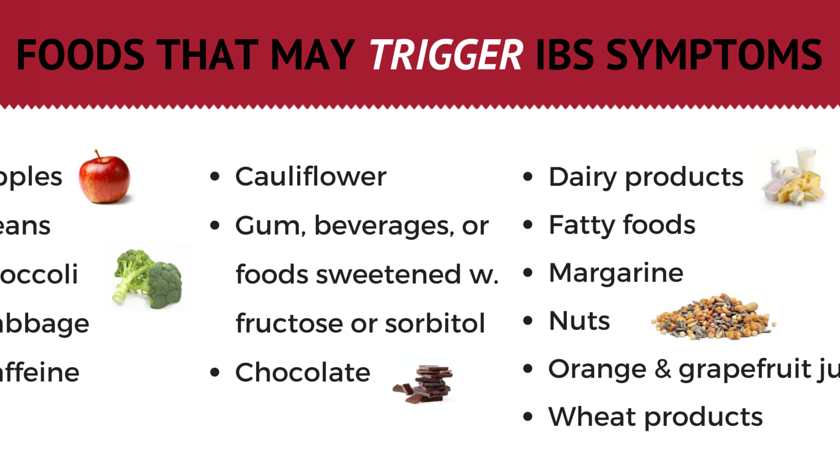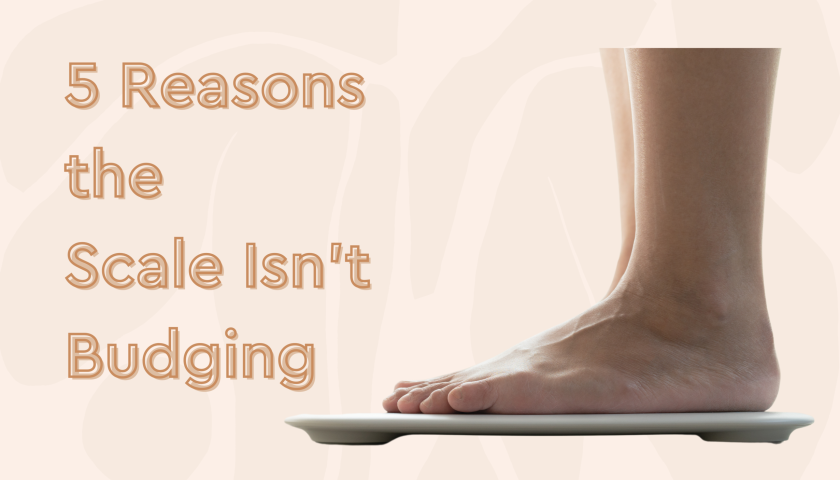Silent Saboteur: Hidden Signs You Have High Cholesterol
A ticking time bomb: While most people worry about visible, outward health concerns, high cholesterol silently lurks within, posing a significant threat. This waxy, fat-like substance, despite playing crucial roles in cell membranes, hormones, and vitamin D production, can turn villain if its levels go rogue.
Understanding the transport system: Cholesterol, unable to traverse our watery bloodstream solo, relies on protein-coated carriers called lipoproteins. Among these, low-density lipoprotein (LDL) ferries cholesterol throughout the body, while high-density lipoprotein (HDL) acts as a scavenger, picking up excess cholesterol and delivering it back to the liver for disposal. When LDL outnumbers HDL, a dangerous imbalance occurs, setting the stage for high cholesterol.
Unmasking the silent threat: High cholesterol’s silent nature often masks its presence until complications like heart attacks or strokes strike. However, your body whispers clues if you know where to listen.
Eyes as windows to the soul: Notice a white ring forming around your colored iris? The British Heart Foundation warns that this corneal arcus signals significantly elevated cholesterol, a wake-up call to seek medical attention. Additionally, yellow bumps, medically termed xanthelasma palpebrarum, erupting around your eyes or even migrating towards your nose, are another telltale sign of excessive LDL cholesterol.
Swellings that raise alarm: Lumps and bumps shouldn’t be ignored. The British Heart Foundation highlights the appearance of cholesterol-based swellings, called tendon xanthomata, on your knuckles, knees, or Achilles tendon as a potential indicator of high cholesterol.
Net-like whispers on your skin: Itchy? Feeling cold? If so, blue or purple net-like patterns blooming on your skin might simply be a temporary chill response. However, the American Academy of Dermatology cautions that this “livedo reticularis” pattern could also hint at cholesterol embolization syndrome, a condition where tiny arteries get blocked. Consulting a doctor is crucial to rule out potential underlying issues that could damage tissues and organs.
Beyond whispers, action speaks louder: While these signs offer valuable clues, they are not definitive diagnoses. Remember, high cholesterol thrives in silence, often going undetected until serious health consequences arise. Regular blood tests remain the gold standard for early detection and timely intervention.
- Emphasized the seriousness of high cholesterol and its potentially life-threatening consequences.
- Explained the roles of LDL and HDL cholesterol in simpler terms.
- Added scientific names for medical terms like xanthelasma palpebrarum and livedo reticularis for reference.
- Emphasized the importance of regular checkups and early intervention.
- Concluded with a call to action, encouraging readers to take control of their health.
Listen to your body, heed its whispers, and prioritize regular checkups. By taking control of your cholesterol levels, you empower yourself to prevent the silent threat from stealing your future.





